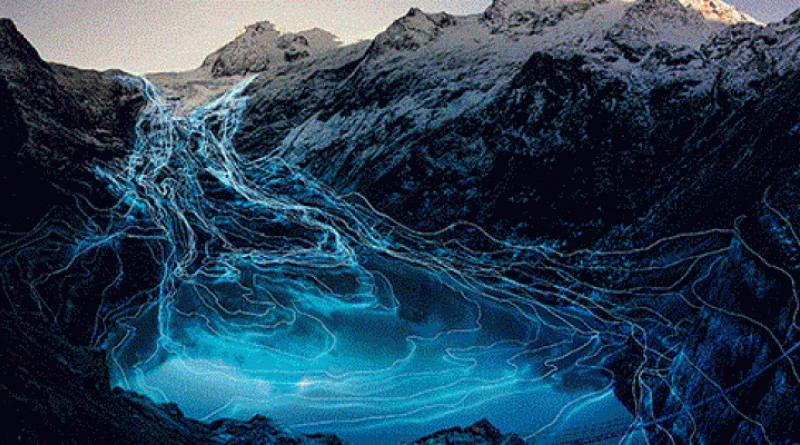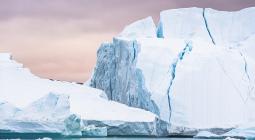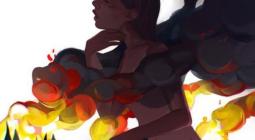“Heartbeat of the Earth” - an Artistic Take on Scientific Climate Data.

Bonn/ Mountain View, 5 June 2020 - Today, on World Environment Day, UN Climate Change (UNFCCC) and the Google Arts & Culture Lab residency program announce “Heartbeat of the Earth”, a series of experimental artworks inspired by climate data.
Five artists—Cristina Tarquini, Fabian Oefner, Laurie Frick, Timo Aho & Pekka Niittyvirta—used key findings from the UN’s landmark 2018 IPCC report and data from scientific institutions, including the National Oceanic and Atmospheric Administration (NOAA) and the World Meteorological Organization, to create four interactive art pieces about our climate. They’ve addressed the topics of declining ocean life, food consumption, melting glaciers and rising sea levels.
- Acidifying ocean: Digital visual artist Cristina Tarquini invites you to dive into our acidifying oceans using data from NOAA.
- What we eat: Data artist Laurie Frick’s work examines the impact of individual foods on the environment using hand-drawn data visualisations, color coded and sized by CO2 output.
- Coastline paradox: Pekka Niittyvirta and Timo Aho visualize the predicted sea level rise—and the number of people likely to be displaced—in more than 200 different locations between the years 2000 and 2300.
- Timelines: Experimental photographer Fabian Oefner explores the retreat of the Rhone and Trift glaciers in Switzerland over the last 140 years by using data from ETH Zurich and drone captures.
Ovais Sarmad, Deputy Executive Secretary of UN Climate Change said “We may represent different groups and different cultures, but science is our common language. We know, witnessing with our own eyes and realizing deep in our hearts, what is happening with the changing climate trend is not normal. This project helps break through the complexity of government-approved climate science and serves as an inspiration to take urgent climate action.”
Amit Sood, Senior Director, Google Arts & Culture, hopes that “the emotive nature of the visual artworks will help everyone to experience and learn about the complex challenges outlined by scientific climate data in a new way. We believe artists have a unique faculty to raise awareness for important topics and are humbled to support them in expressing their ideas through modern technology.”
The four ‘climate artworks’ will be accessible online to everyone on the Google Arts & Culture platform and app or via g.co/heartbeatoftheearth. Visuals for press are available for download here.
About the UNFCCC
With 197 Parties, the United Nations Framework Convention on Climate Change (UNFCCC) has near universal membership and is the parent treaty of the 2015 Paris Climate Change Agreement. The main aim of the Paris Agreement is to keep a global average temperature rise this century well below 2 degrees Celsius and to drive efforts to limit the temperature increase even further to 1.5 degrees Celsius above pre-industrial levels. The UNFCCC is also the parent treaty of the 1997 Kyoto Protocol. The ultimate objective of all agreements under the UNFCCC is to stabilize greenhouse gas concentrations in the atmosphere at a level that will prevent dangerous human interference with the climate system, in a time frame which allows ecosystems to adapt naturally and enables sustainable development.
About Google Arts & Culture
Google Arts & Culture puts the treasures, stories and knowledge of over 2.000 cultural institutions from 80 countries at your fingertips. It’s your doorway to explore art, history, and wonders of the world. Discover stories about cultural heritage ranging from Van Gogh’s bedroom paintings, the women's rights movement to Japanese Food or the impact of climate change on heritage sites. Together with cultural institutions and creatives we work on developing and applying technologies that help to preserve and share culture in new ways. The free Google Arts & Culture app is available for iOS and Android and on the web.
5 June 2020
UNFCC




